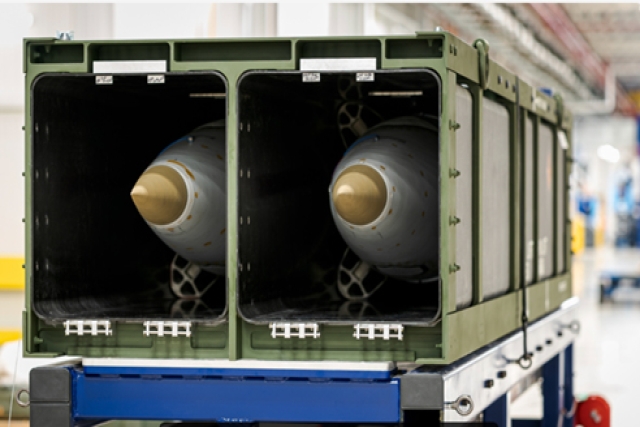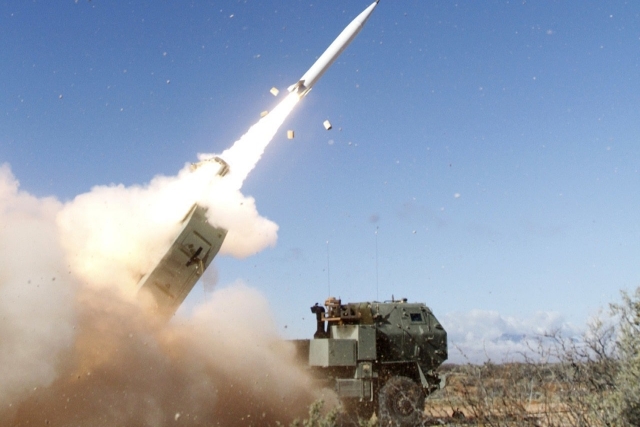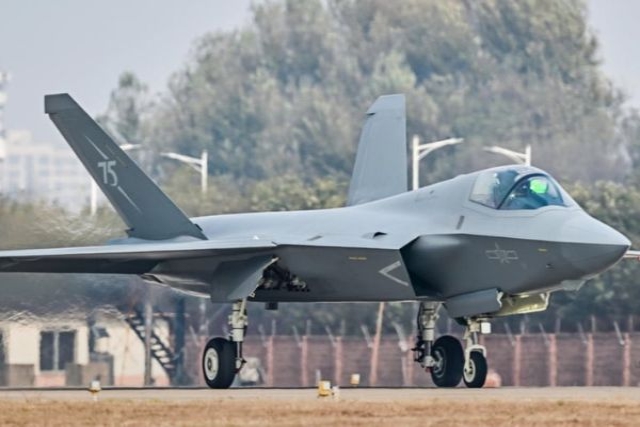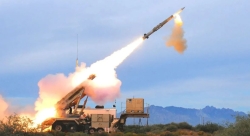U.S. Army Tests Precision Strike Missile from M270A2 Artillery Launcher
Latest test showcases integration of PrSM with legacy systems to extend long-range firepower
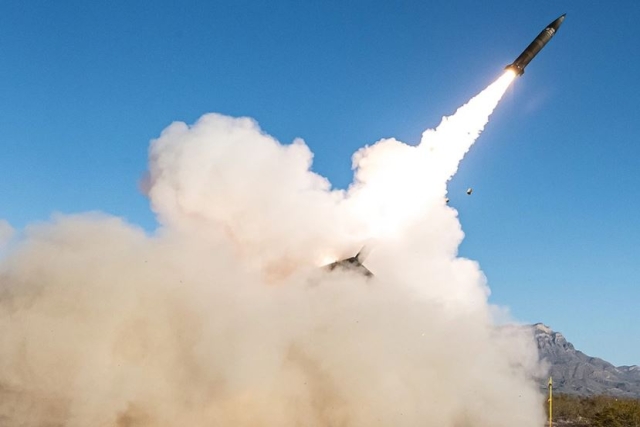
The U.S. Army carried out a production qualification test of its Precision Strike Missile (PrSM) from an M270A2 artillery launcher on April 10, demonstrating the missile’s ability to engage targets with precision and extended-range lethality.
Conducted as part of the ongoing development of long-range precision fires capabilities, the test confirmed the missile’s operational performance across all parameters, marking another step forward for the PrSM program.
Designed to replace the Army Tactical Missile System (ATACMS), PrSM Increment 1 is the U.S. Army’s next-generation surface-to-surface weapon system. The missile is capable of striking targets at distances exceeding 499 kilometers and is compatible with both the M270 Multiple Launch Rocket System (MLRS) and the High Mobility Artillery Rocket System (HIMARS).
Each launcher pod can carry two PrSM rounds, and the missile features an open systems architecture, a modular design, and an insensitive munition (IM) energetic payload. These attributes are intended to increase survivability, flexibility, and adaptability across the battlefield.
The PrSM system aims to provide the Joint Force Commander with enhanced capabilities for engaging critical targets in support of combined Joint All-Domain Operations. This test follows a series of successful developmental milestones for the missile, reinforcing its role in modernizing the Army’s deep-strike capabilities.
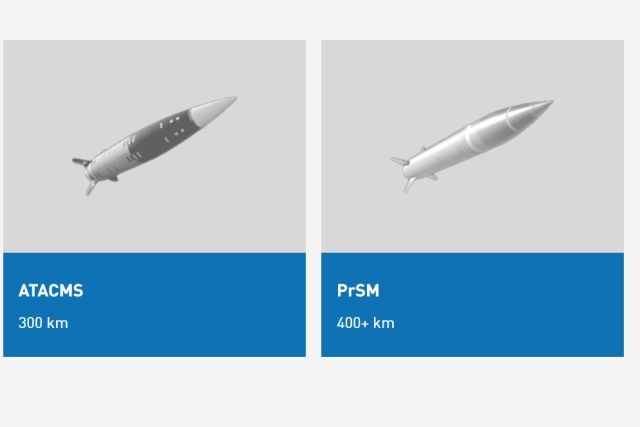
PrSM Specifics
- Two PrSM rounds per launch pod
- Ranges from 60 to 499+ kilometers
- Open systems architecture
- Modular and easily adaptable
- IM energetic payload
- Compatible with MLRS M270 and HIMARS family of launchers
- Based on Lockheed Martin’s decades of unparalleled experience in Precision Fires rockets and missiles
